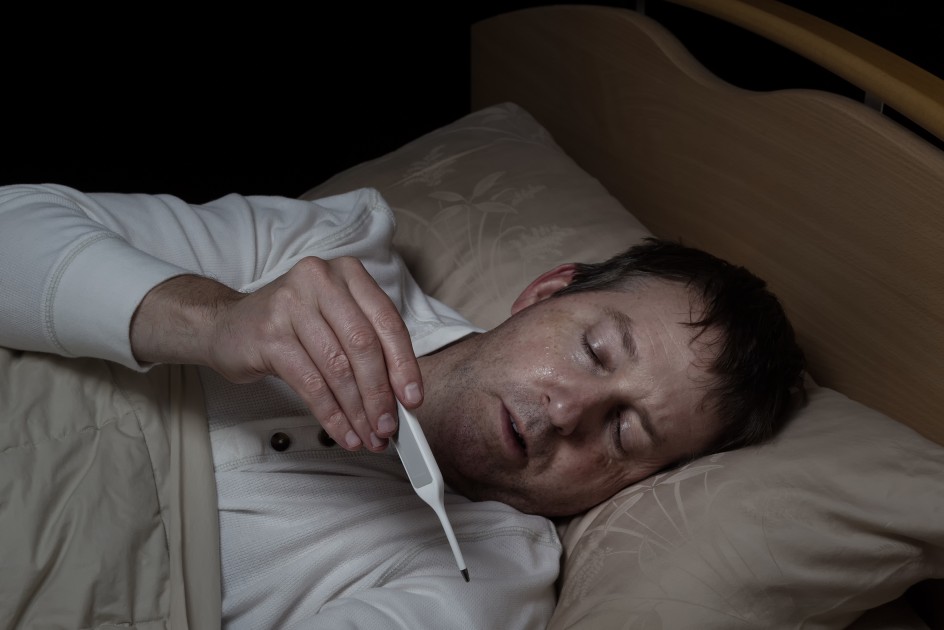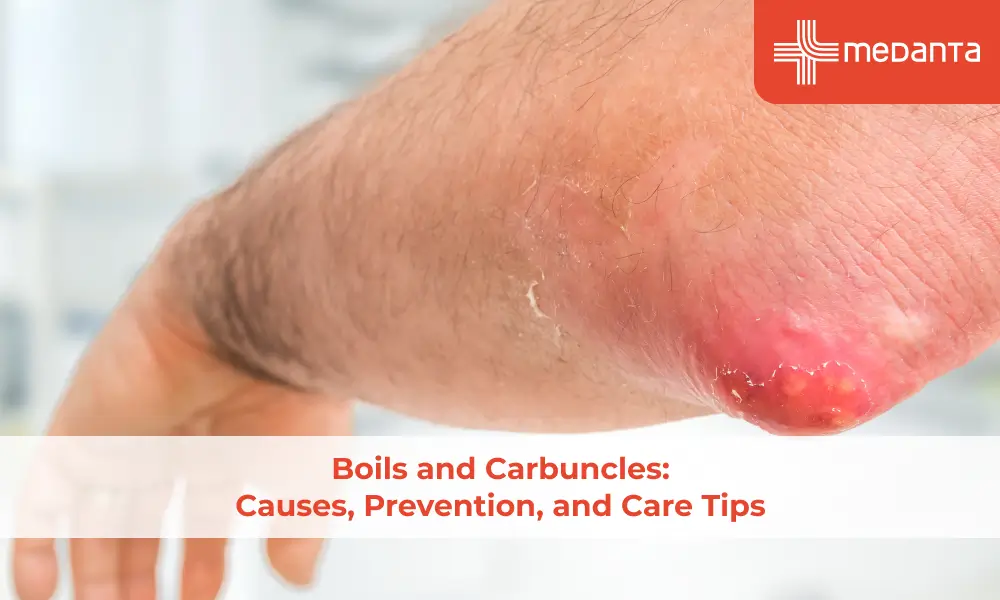Tuberculosis: Causes, Symptoms, Diagnosis & Treatment

Tuberculosis remains one of the world's most lethal infectious diseases, claiming over 1.5 million lives globally in 2021 and ranking second only to COVID-19 in infectious disease mortality. This ancient disease, caused by Mycobacterium tuberculosis, has existed for millions of years. Though modern medicine has made significant progress in fighting TB, with treatments saving 74 million lives between 2000 and 2021, the challenge persists.
Let's explore its essential aspects, including tuberculosis symptoms , causes, diagnosis methods, and treatment options. Understanding this disease is vital, as it can affect various body parts and requires at least six months of antibiotic treatment.
What is Tuberculosis?
This bacterial infection initially affects the lungs but can spread to other body parts like the kidneys, spine, and brain. The condition occurs when a person breathes in Mycobacterium tuberculosis, the bacteria responsible for tuberculosis.
TB exists in two distinct forms.
Inactive TB: Also known as latent TB infection, it occurs when the bacteria live in the body without causing illness. People with inactive TB do not feel unwell and cannot spread the infection to others.
Active TB: This disease develops when the bacteria multiply actively in the body, making the person ill and potentially infectious.
The progression from inactive to active TB can occur when the immune system fails to contain the bacteria's growth. People with weakened immunity, especially those with HIV/AIDS, face a higher risk of developing active TB. Without proper treatment, one in ten people with inactive TB will develop the active form of the disease.
Common Symptoms of Tuberculosis

Signs of tuberculosis vary significantly based on whether the infection is active or inactive. People with inactive TB show no outward symptoms, although they may test positive in screening tests.
The symptoms of active TB primarily affect the lungs and generally develop gradually over several weeks. A persistent cough lasting more than three weeks stands as the most common indicator, often accompanied by chest pain and coughing up blood or mucus.
Physical manifestations of active TB include:
Excessive night sweats and fever
Significant weight loss and loss of appetite
Constant fatigue and weakness
Breathing difficulties and chest pain
Persistent coughing with blood or mucus
When TB spreads beyond the lungs, it causes additional symptoms based on the affected area.
Patients might experience swollen lymph nodes, joint pain, or severe headaches.
TB affecting the spine can cause back pain
Kidney involvement might lead to blood in urine
Younger children might experience persistent fever and unexplained weight loss.
Infants with TB often struggle with growth and may show signs of brain or spinal cord inflammation, such as unusual fussiness, poor feeding, and decreased activity.
Symptoms can range from mild to severe, with some patients experiencing general illness signs like fever and fatigue, whilst others develop more specific symptoms related to the particular organ affected by the infection.
Causes of Tuberculosis: What Triggers the Disease?
The spread of tuberculosis occurs primarily through airborne transmission. When someone with active TB in their lungs coughs, speaks, or sneezes, they release microscopic droplets containing Mycobacterium tuberculosis into the air. These infectious droplets can remain suspended in the air for extended periods.
Several factors determine the likelihood of TB transmission:
Prolonged exposure in poorly ventilated, crowded spaces increases the risk of infection.
The disease spreads more readily in environments where people spend considerable time together, consequently making certain locations more susceptible to transmission.
Medical conditions that weaken immunity and increase the risk of developing active TB:
HIV infection
Diabetes
Lifestyle factors that increase the possibility of active TB:
Smoking (increases risk and mortality rates)
Heavy alcohol consumption
Substance abuse
Young children and individuals with low body weight
Certain medications can compromise the defence mechanism, including:
Medicines for rheumatoid arthritis
Corticosteroids
Immunosuppressants used after organ transplants
Biologic drugs for autoimmune diseases
Diagnosis of Tuberculosis
Doctors employ multiple methods to diagnose tuberculosis accurately. A complete evaluation includes:
Physical examination
The TB skin test measures the immune system's response to a protein solution injected under the skin.
Blood tests detect the presence of TB bacteria.
Chest X-rays reveal irregular patches in the lungs that indicate active TB disease.
Laboratory culture remains the gold standard for confirming TB diagnosis. These cultures take 10-21 days in liquid media and 4-6 weeks in solid media to show results.
Treatment of Tuberculosis
Treatment varies based on whether the infection is active or inactive.
For inactive TB, the standard approach involves taking isoniazid for nine months, which proves more than 90% effective when completed fully.
Active tuberculosis treatment requires a combination of medications:
Rifampin and isoniazid
Pyrazinamide and ethambutol
Moxifloxacin for certain cases
The treatment duration typically spans four to nine months. During treatment, patients receive their medications through Directly Observed Therapy (DOT), where doctors monitor the intake of medicines. This approach ensures proper adherence to the treatment regimen.
Drug-resistant TB poses a significant challenge, requiring specialised treatment approaches: second-line medications, primarily kanamycin, capreomycin, and amikacin, combat resistant strains. Doctors monitor patients regularly for side effects and conduct periodic tests to ensure the treatment's effectiveness.
Conclusion
Tuberculosis continues as a significant health challenge worldwide, though modern medicine offers effective ways to combat this ancient disease. Medical advances have made TB both preventable and curable, yet proper diagnosis and complete treatment remain essential for successful recovery. Early identification of the disease plays a key role in managing tuberculosis effectively. People should seek medical attention if they experience persistent coughing, unexplained weight loss, or night sweats, especially after potential exposure to TB. Additionally, those with weakened immune systems need regular screening since they face higher risks of developing active TB.
The fight against tuberculosis requires patience and dedication. Though treatment might span several months, following the prescribed medication schedule strictly leads to complete recovery for most patients. Understanding TB's causes, recognising its symptoms, and knowing available treatment options help people take timely action against this serious but manageable disease.
FAQs
What are the early symptoms of tuberculosis (TB)?
The primary symptoms of TB include a persistent cough, fever, night sweats, weight loss, and fatigue. If you experience these symptoms for over two weeks, consult your doctor.
Is tuberculosis a contagious disease?
TB spreads when a person who is infected coughs or sneezes, and the virus passes through the air. However, prolonged exposure is usually required to become infected.
What happens if I stop taking TB medication early?
Stopping medication too soon can result in drug-resistant TB, making it harder to treat. Always complete the entire course as prescribed by your doctor.
Can tuberculosis affect organs other than the lungs?
TB can affect other organs like the kidneys, spine, brain, and lymph nodes. This is called extrapulmonary TB.
Can TB come back after treatment?
TB can recur if treatment is incomplete or if reinfection occurs. Following the complete treatment plan reduces this risk.






